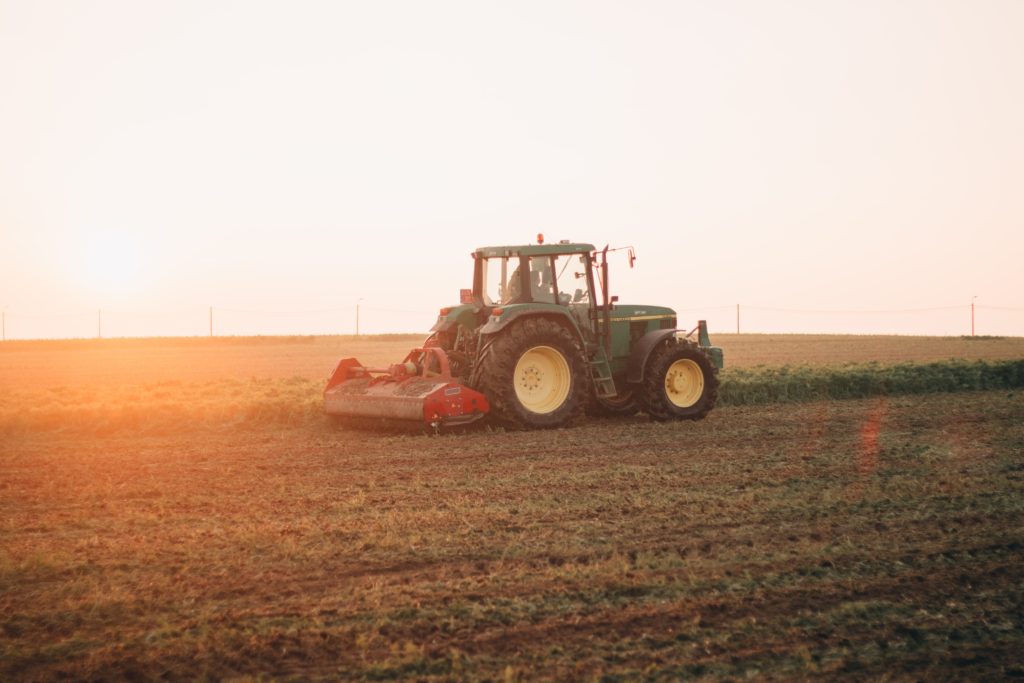
Best Online Tools for Landowners! My top 7!
As landowners, we can be faced with a wide range of issues associated with our property. Finding solutions to these issues is often a lonely battle and involves a series of web searches and phone calls.
Fortunately there are a number of organizations and institutions dedicated to helping you find your way for free. Along with us (Texas Landowner’s Association), these institutions publish helpful information online for you to access. And sometimes they even create amazing tools that can help you find the answers you’re looking for.
In this article I’ve highlighted my favorite free tools that you can access right now to learn more about your property. Here are my top 7 online resources that you as a Landowner need to know about! Be sure to read to the end because #7 is my favorite!
#1 – Fema Flood Plain Online Mapping Tool
Ever wonder how much of your property is really in a flood plain? Or have you ever wanted to ensure an area is NOT in a flood plain before building? This is the tool for you!
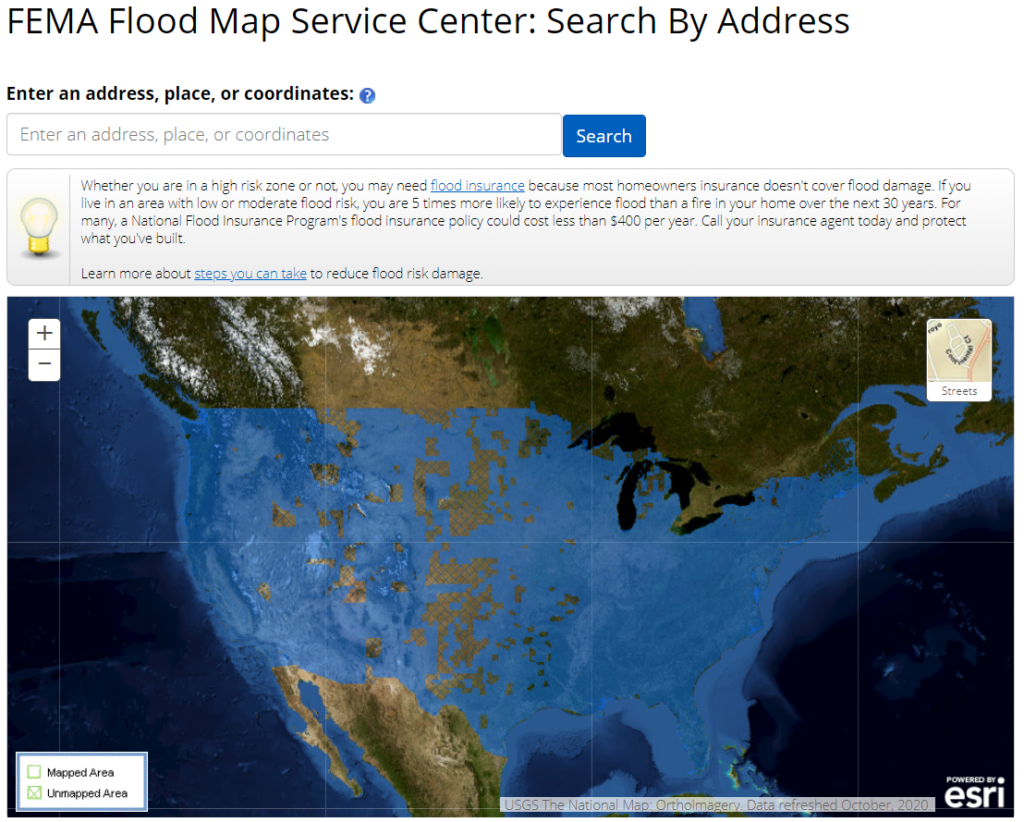
The FEMA flood map service center has digitized thousands of flood zone, floodway, elevation files to create this interactive mapping tool. It’s easy to use and very intuitive. Simply scroll to the area you’re interested in learning more about, the farther you zoom in the more detail you are provided. You can also search by address.
If you’re wondering how exactly to read a flood map FEMA even provides you with a step by step tutorial HERE! They also provide definitions to flood zones HERE!
#2- Native Seed Selection Tool by CKWRI
Have you ever thought about restoring native forbs and grasses to your property? If so, welcome to the club! Restoring native grasses and forbs is one of the first steps in improving wildlife habitat and they provide a number of other benefits.
If you’ve every taken the next step in restoration and attempted to come up with a seed mix that will work in your area you know how confusing it can be. That was until now, and thanks to the help of the Texas Native Seed Program (TNS).
TNS is a part of the Caesar Kleberg Wildlife Research Institute at Texas A&M University Kingsville and its a collaborative initiative that works to develop native seed sources and facilitate restoration of native habitats in Texas.
One of the primary purposes of the program was to publish guidance on native seed mixes for each county and vegetational region based on their research and make these recommendations readily available to landowners. It’s done so by developing the Native Seed Selection Tool.

To find the recommended seed mix for your land simply start by selecting the region on the map that your land resides within. Then click on the county it’s in.
From there, simply select which ecoregion it’s in and click on the soil type that best describes your property. If you’re wondering about what soil types you have, check out tool #7 on our list!
After clicking the soil type you’ll be downloading a full native seed mix recommendation! They even have a number of seed vendors you can reach out to for the mix.
#3- AquaPlant
If you have a lake or a pond, you need AquaPlant. It’s that simple. This incredible resource is provided by your friends at the Texas A&M Agrilife Extension Service.
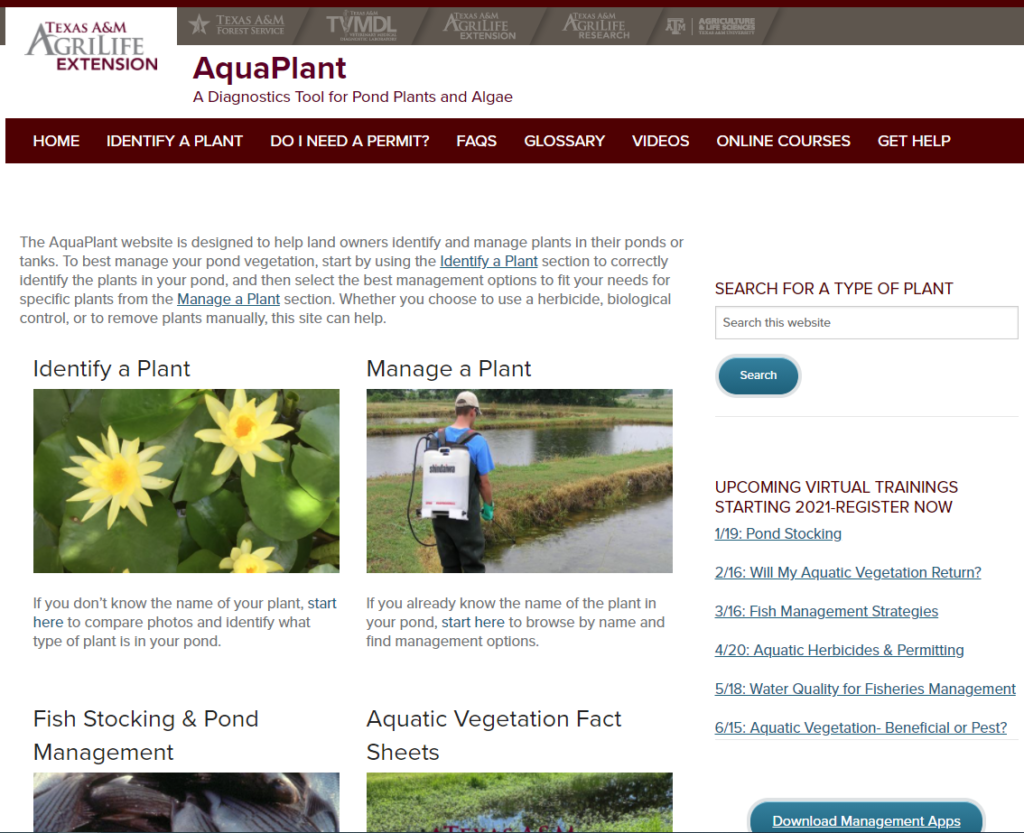
Aquaplant will help you:
- Identify Aquatic Plants
- Manage Plants in your Pond by providing fact sheets and TONS of information
- Manage your Pond and provide fish stocking recommendations.
On top of all this, they provide FREE virtual training sessions, pond management applications for your phone, and provide resources for you to reach out to for questions.
#4- Texas Pipeline Maps – RRC Data Viewer
I can’t tell you how many landowners I’ve spoken to about questions they have about pipelines on their property. The Texas Railroad Commission is the primary regulating authority for the oil and natural gas industry, pipeline transporters, natural gas and hazardous liquid pipeline industry, natural gas utilities, the LP-gas industry, and coal and uranium surface mining operations.
They provide a nice look into pipelines, surveys, and wells in your area through their public GIS viewer. You can use it to locate each of these type of assets in and around your property and learn who owns and operates each type of asset.
To learn even more about pipelines on your land, check out my other article How to learn about the Pipelines on your Land?

#5- Ask an Expert from Texas Agrilife-
Other than reaching out to LandownerTV and LandAssociation.org where else do you go for questions? This online tool can help you out.

#6- Texas Water Well Data Viewer
I’m sure you’ve wondered about water wells in and around your property. The Texas Groundwater Development board has created an online tool to help you learn more about water and ground water in your area with it’s online Water Data Interactive Viewer.
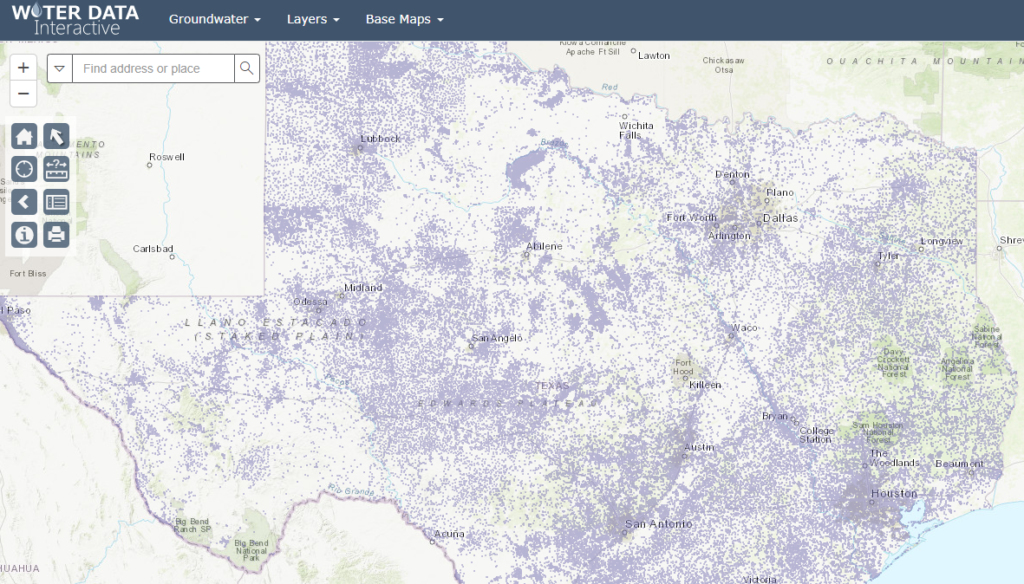
This viewer allows you to locate any local permitted water well, identify the owner, and view any scanned documents. More questions about water wells in Texas? Check out this comprehensive article we have called Water Wells in Texas: Everything you need to know.
#7 My Favorite!- The USDA Web Soil Survey –
This is my favorite of the 7 free tools and it truly deserves its own article. The Web Soil Survey is a free online tool developed by the USDA- Natural Resources Conservation Service (NRCS) and provides soil data produced by the National Cooperative Soil Survey. The portal provides access to the largest natural resource information system in the world with coverage over 95% of the nation’s counties.
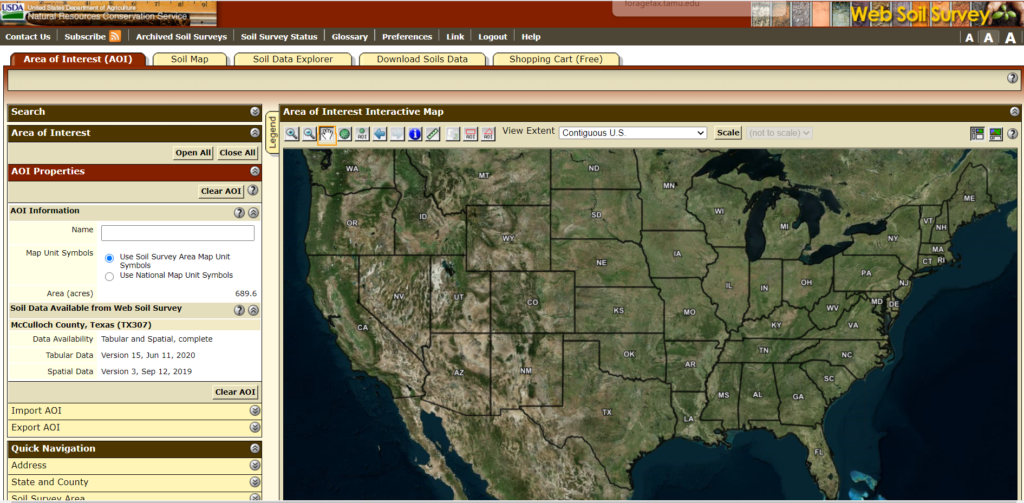
Before you yawn yourself to sleep over soils data, understand that soils are literally the foundation of your lands ecosystem and they can tell you WAY more than you thought about your land.
Web Soil Survey will tell you:
- How much forage will your land produce?
- How productive will a garden be?
- Total acreage and acreage of pastures
- Where are the best building sites on your property?
- Where are the flood plains your property?
- What type of trees are best to plant?
- How will your land respond to various land management practices?
- Depth to rock on your property
- Depth to water on your property (for high water tables)
- Suitability for septic systems
There are dozens more features that this tool can tell you about your property. You can even print or download the soils maps of your property when you’re done!
I would highly suggest that you explore several of the reports that are available.
There are 4 steps to using the tool (also highlighted on the Websoil Survey Page).
Step 1 for using the Web Soil Survey
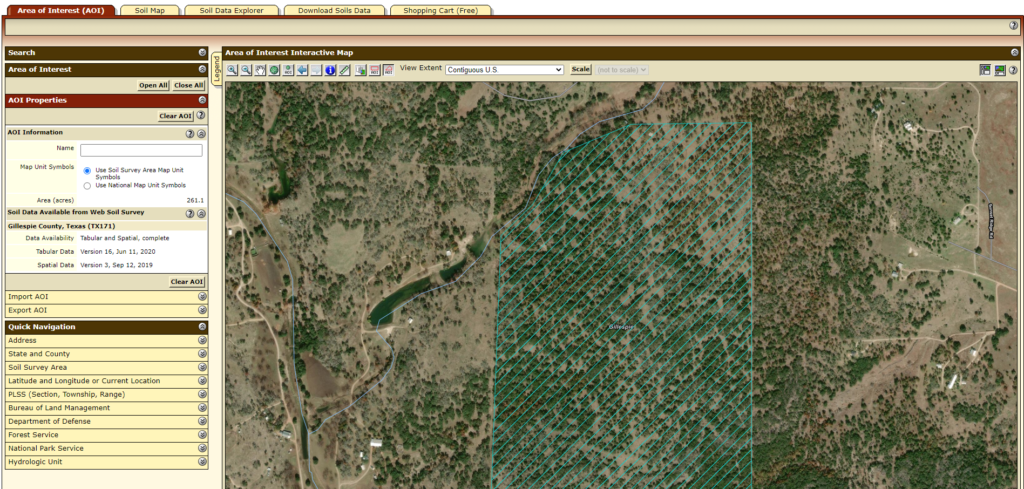
Use the Area of interest tab to outline your property. You can select a box or a custom polygon to outline. Once done it will show you the acreage of the area you’ve selected.
Step 2 for using the Web Soil Survey
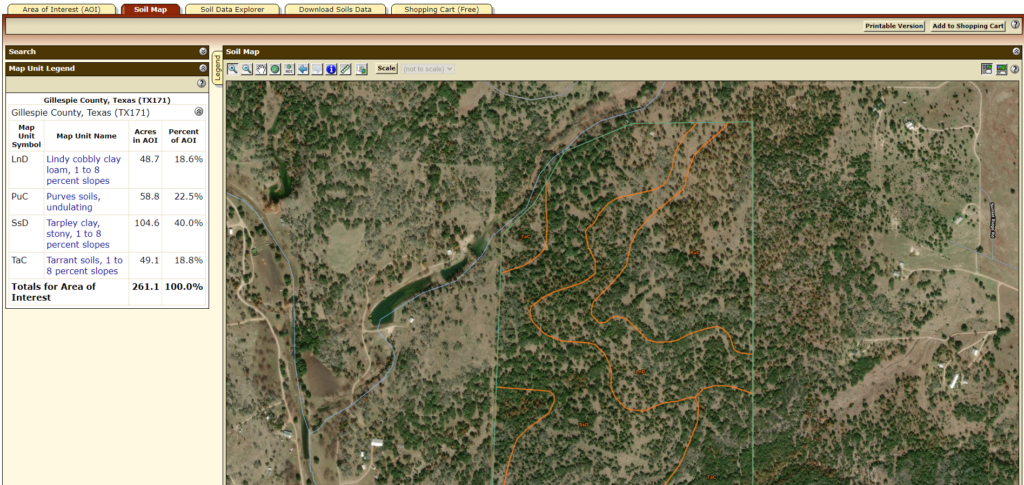
Once you’ve selected your area of interest look to the top and click on the Soil Map tab. This will take you to a page where you can view or print maps depicting the different soil types on your property. At this point you’ll see a chart on the left hand side with a list of soil types under “Map Unit Name” along with the acreage composition on your land. You click on each for more detail.
Step 3 for using the Web Soil Survey
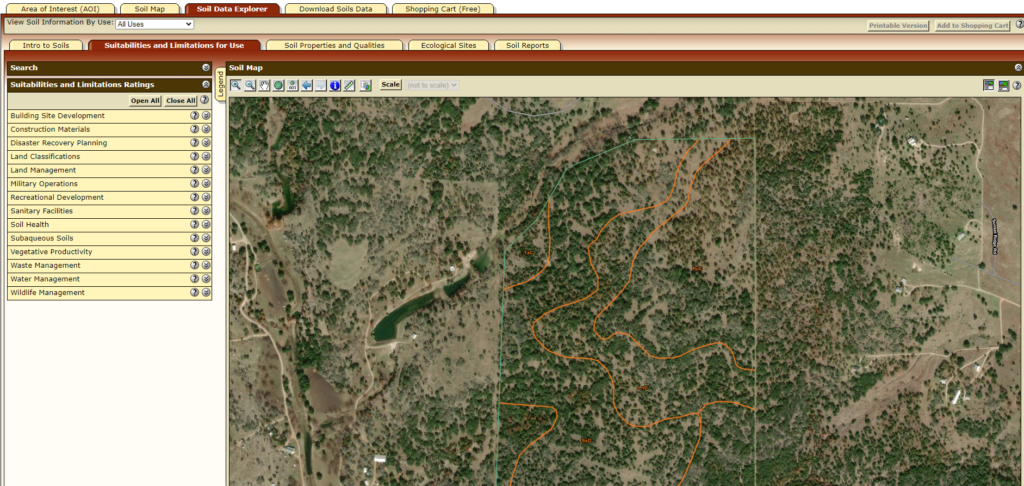
This is the REALLY cool part! Click on the Soil Data Explorer tab to determine the suitability of each soil for a particular use. For this part of the tool just look to the left side of your screen and check out all of the potential uses of your property. Select the drop down box to uncover several sub uses and click “View Rating” to see how suitable each of your soils are for that particular use.
Step 4 for using the Web Soil Survey
Finally use the shopping cart tab to download or print any of the information you’d like. It’s free!
One more thing!
I’m a licensed real estate agent in Texas and I love talking about land. Please feel free to reach out if you have any questions of if you’re buying or selling land anytime soon! Michael Morrow – Michael@LandAssociation.org
